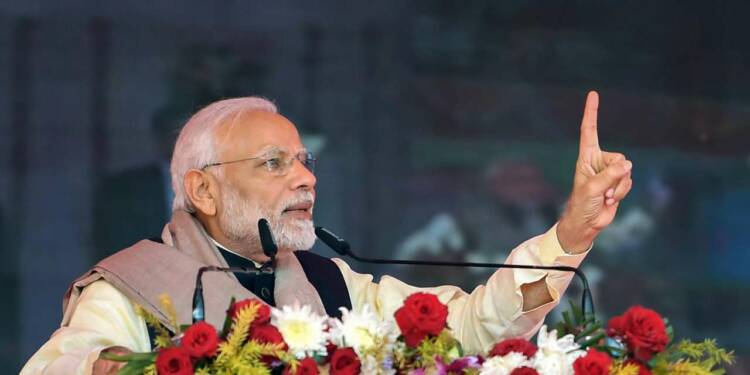We can certainly see a paradigm shift in the bureaucratic system in the Narendra Modi government. The recent words and actions of PM Modi speak a lot. “Babuon ke haath mein desh de karke hum kya karne wale hai? (What are we going to achieve by handing the grip of the nation to the bureaucrats?), were the exact words of PM Modi on the floors to Lok Sabha, making a sense of transformation in the governance visible.
On February 10, PM Modi shocked the bureaucratic establishments in the country. While addressing the Lok Sabha, he hinted towards revolutionising the contemporary governance system, where the Indian Administrative System (IAS) officials hold the reins of the government. It was the first occasion when PM Modi expressed his resentment towards the officials.
Since then, there have been two such events where PM Modi lashed out at government officials. On February 16, in a meeting with infrastructure ministries and private sector heads, the PM reviewed the infrastructure developments and warned the officials, that the public should not suffer due to the slow pace of development work.
A week later, on February 24, PM Modi attended the webinar organised by the Department of Disinvestment, on the topic of asset monetisation and disinvestment. In the 2021 Budget, Finance Minister Nirmala Sitharaman signalled to disinvest and privatize Public Sector Undertakings(PSUs). Therefore the webinar was organised to draw suggestions and regulations for the monetisation of over 100 public sector assets with a market price of over 2.5 lakh crore.
PM Modi, while addressing the webinar said, “Government does not have to keep running public sector enterprises just because they have been running for decades or because they were the pet projects of somebody.”
The Prime Minister reiterated about the private investment and said that the government has no business being in business while the private sector brings fresh investments and sophisticated rules to expand the sector and also creates employment for the youth of the nation.
The Prime Minister said, “Government officials are unable to take courageous decisions fearing allegations and the courts.”
While speaking to The Print, government officials revealed, “The Prime Minister’s priority right now is to provide momentum to the economy after the Covid year. For that to happen, spending is required and the PM is convinced that without industry and people who have expertise in asset monetization, it can’t happen.”
PM Modi is not the only one who lashed out at the government officials for their lousiness and inefficiency. Before the Prime Minister, Nitin Gadkari, who is Union Minister for Road Transport and Highways, slammed the bureaucratic snail’s pace of working style. Gadkari, while referring towards officials said, “After six years, he had found that in this system, people won’t change, so he is concluding that it is very difficult to change them.”
Moreover, in 2018, the Modi government introduced the lateral entry in the bureaucracy and tasked it to the Department of Personnel and Training ( DOPT). Through lateral entry, recruitments of the officials will not go through the ordinary three phases of the UPSC examination process. The aim is to reduce the dominance of administrative bureaucracy and tackling the inter-government department corrupt practices.
It was extensively reported by TFI that the Modi government not only wants to transform the governance by taking external measures but also to change it from the inside. In September 2020, the cabinet announced – Mission Karmyogi, a unique skill-building programme for civil servants across the nation to train them for capacity building to face the challenges of society.































Real problem is the socialist mindset of the bureaucracy, which maybe due to tradition or training, I don’t know, but unless that goes changes will be superficial. Around ministry levels decision making might change due to Modi govt, but on the ground most things will remain same. Good thing is that Modi is giving clear signals to officials. This deserves appreciation.